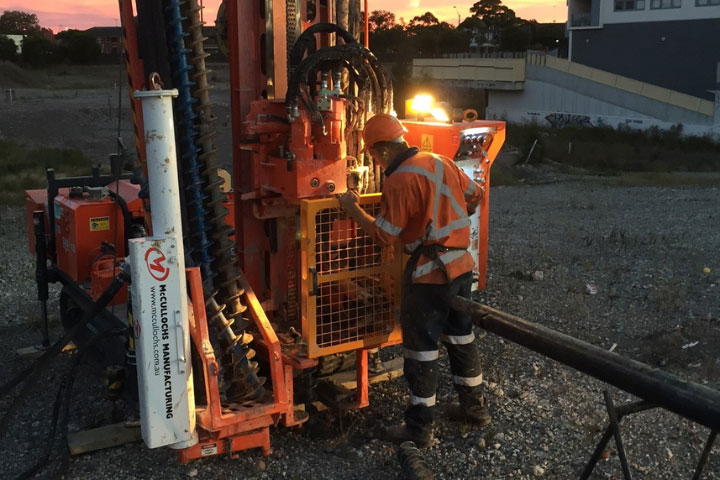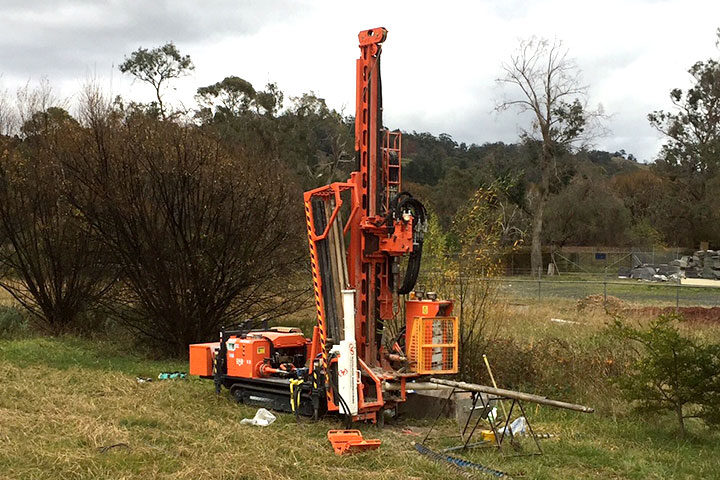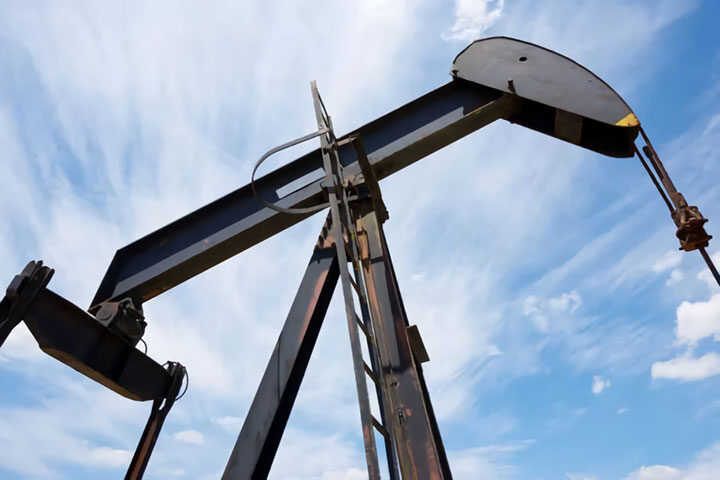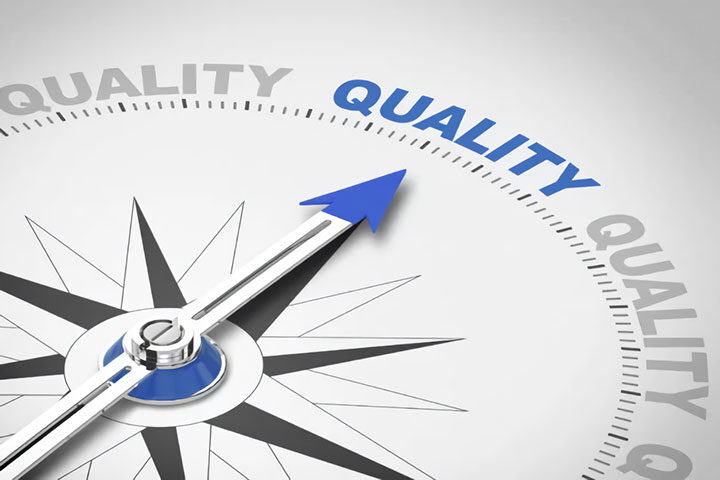
Environmental drilling is a specialized drilling service used when assessing an area for soil or groundwater contamination. It is also required for jobs that use remediation wells or groundwater monitoring wells for treating groundwater to eliminate contamination. Soil borings are used to take discreet soil samples at various depths and in various locations in a given testing area. Careful decontamination of below ground tooling between samples is necessary to prevent cross contamination and get a clear assessment of each sampling location.
There are a number of different techniques used in environmental drilling, each with benefits for certain depths or soil types. The most common are: direct-push or probe sampling, hollow-stem auger drilling, and sonic drilling.
- Direct-push or soil probe dealing is useful for relatively shallow depths. A high speed hammer is used to drive a hollow sample tube into the ground, and then this tube is removed and a sample of the contained material is preserved for testing. This form of drilling is useful for sandy soils or clay and up to a depth of 50 meters.
- In hollow-stem auger drilling, flight-style augers with hollow centers are used to drill into specific sampling locations. Samples are taken at various depths by driving a hollow spoon through the core of the auger ahead of the bit. Hollow-stem auger drilling is best for sandy soil, clay, and soil with some gravel. It is effective up to depths of 60 meters.
- Sonic drilling is best when dealing with friable rock and overburdened soils with a high rock or cobble content. It employs vibratory rotary drilling to punch through denser, more resistant material. This form of drilling is also preferable for drilling to greater depths, as it is effective for depths of up to 200 meters.
Environmental drilling requires special training and certification. It also requires close collaboration with an environmental consultant. Then environmental consultant will test samples of the soil, groundwater, or soil vapor to determine if contamination is present. A profile is then established of the testing area, which serves as the first step in remediation or monitoring efforts. Alternately, groundwater or soil vapour monitoring wells can be installed with specialised instrumentation for continuous testing. This method is preferable when an area requires monitoring over a longer period of time.
BG Drilling employs a number of different methods for environmental drilling, including rotary air and rotary mud drilling, solid and hollow flight augering, push tube, and dual tube. We also partner with Non Destructive Drilling Crews that core concrete or vacuum excavate boreholes in advance of the drilling crews. We have found that this is an efficient, cheap, and effective way to conduct an incident free environmental excavation, on time and within budget.
If you’d like to know more about environmental drilling or would like a consultation for your project, feel free to contact us. At BG Drilling, we are dedicated to providing you professional service for any job in Eastern Australia, no matter how large or small. We are committed to the highest quality of service and the best results.



